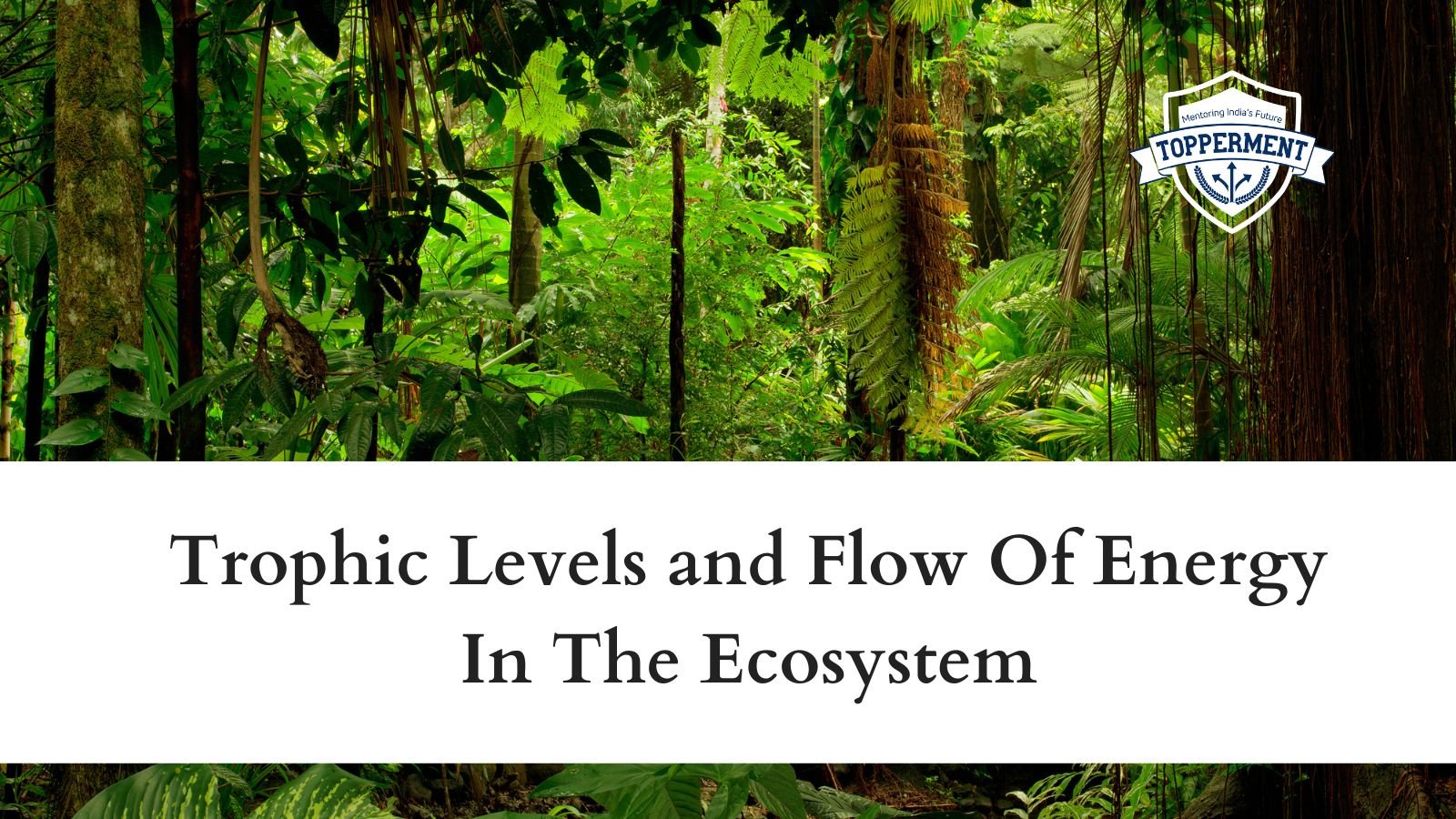Trophic levels are the representation of energy flow in the ecosystem. The trophic level of an organism is the position it occupies in the food chain, and the interaction deals with the population of an ecosystem that is connected based on nutritional needs.
Trophic levels provide a basic structure for us to understand the food chains and how energy flows through an ecosystem. The energy flow in the ecosystem is a fundamental process and it happens in all ecosystems. The movement of energy that goes through a series of organisms in an ecosystem is called the energy flow in an ecosystem. All organisms require energy to do the basic work, and this energy is obtained from the chemical energy of what they consume.
The trophic level of an organism is the position that occupies in a food web. The trophic levels can be represented by numbers starting at level 1.
- Level 1: Plants and algae make their food with the help of the Sun. That is why they are called producers.
- Level 2: Herbivores eat plants and they are also called the primary consumers. Examples of Herbivores are goats, cows, buffaloes, horses, and rabbits.
- Level 3: Carnivores that herbivores creatures and they are also called secondary consumers. Examples of Carnivores are tigers, lions, cheetahs, crocodiles, and alligators.
- Level 4: Carnivores that eat other carnivores are also called tertiary consumers. Examples of tertiary consumers are Killer whales, cats, tigers, and lions.
- Level 5: Apex predators which means they have no predators and they are at the top of the food chain. Examples of Apex predators are King Cobra, Wolf, Comodo dragon, and Crocodile.
- The ultimate source of energy is the sun, and all the energy in ecosystems will get heat. The food chain is designed in a pyramid way, and the producers use photosynthesis to make their food at the base of the pyramid. The organisms can fix radiant energy utilizing the inorganic substances to produce organic molecules called producers. An example of a producer is plants.
- Then comes the primary consumers which are Butterfly, Grasshoppers, Squirrel, Zebra, and Deer. After that at the next level are the carnivores also called secondary consumers which are Snakes, seals, owls, cats, eagles, pythons, and wolves. It feeds on herbivores and gets energy for their growth and sustenance.
- At the last level, all organisms die and become food for decomposers. The last remaining energy is extracted and released as heat energy, the inorganic nutrients are returned to the soil or water which will be taken up again by the producers. The energy that is lost will be recycled.
- Trophic levels help us to understand the energy flow from producers to decomposers. The energy levels decrease from the first trophic level upwards because of the loss of energy in the form of heat at each trophic level.
Also Read
- Types of Majorities in the Indian Constitution | UPSC Polity
- Types Of Natural Vegetation And Their Significance | UPSC Environment
Follow Us For More Content On:
https://www.instagram.com/topperment/


